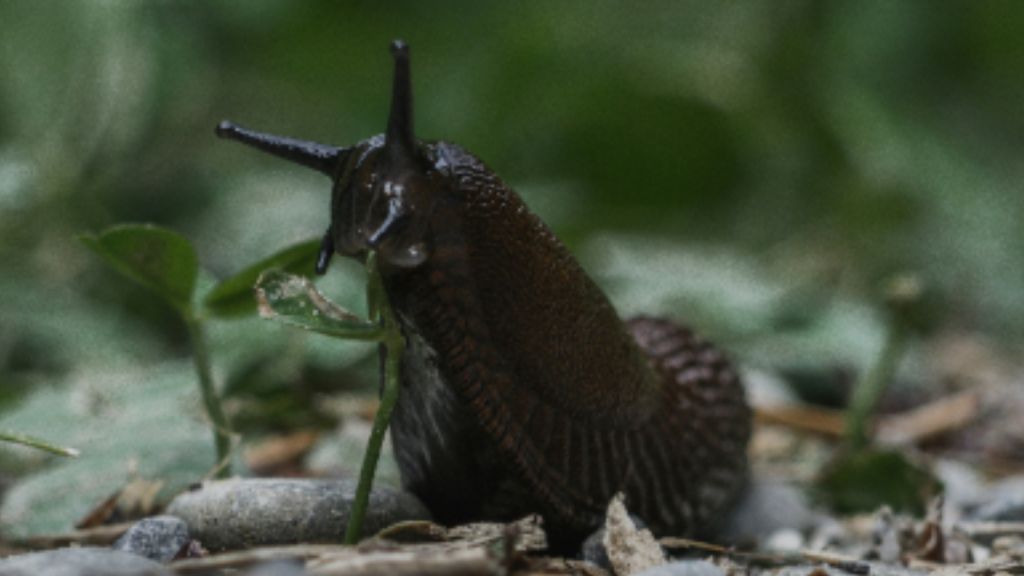 Lots of slugs have internal shells.
Lots of slugs have internal shells. The more gory-trivia-oriented among you might already know that both slugs and snails have teeth (tens of thousands of them, hiding in lethal circular rows in the molluscs’ throats).
You might even be aware that slugs can freeze for a while without dying ― unlike their shelled relatives, snails, they don’t turn dormant in winter. They just wait until it’s warm enough to become active.
Fine! Whatever! Those are a little icky, but they make sense ― the animals need to survive, after all (they’re quietly crucial to our ecosystem).
But I’ve been spiralling since I found out that most slugs actually do have shells, too. They’re just tiny and useless (a bit like our appendix).
Where do slugs keep their shells?
According to the Natural History Museum, slugs have a shell inside their bodies.
The evolutionary holdover shrunk over time. “In most species it’s found under an area of thick flesh on the back of the slug’s head known as the mantle,” the Natural History Museum says.
But some species of slug, like some Testacella kinds, have an external shell at the end of their tails.
Like frog teeth, the trait may have appeared, then disappeared, then reappeared throughout the animal’s history.
Sharing his wisdom with the museum’s site, curator Jon Ablett said this means some slug species are more closely-related to snails than they are to other forms of slugs.
Why would they lose the shell?
Ablett said: “People may wonder why you would lose your shell because most snails can retreat into it and be protected from predators and dehydration. But there’s a biological cost to making a shell.
“You need a lot of calcium, and it takes energy to make.”
According to BBC Science Focus, the first iteration of the slimy creatures likely didn’t bother to build a shell ― the feature was a later upgrade.
“While shells do give some protection, they can also slow you down, so molluscs have extremely diverse survival strategies,” the BBC site said.
That can include camouflage and chemical defences.


